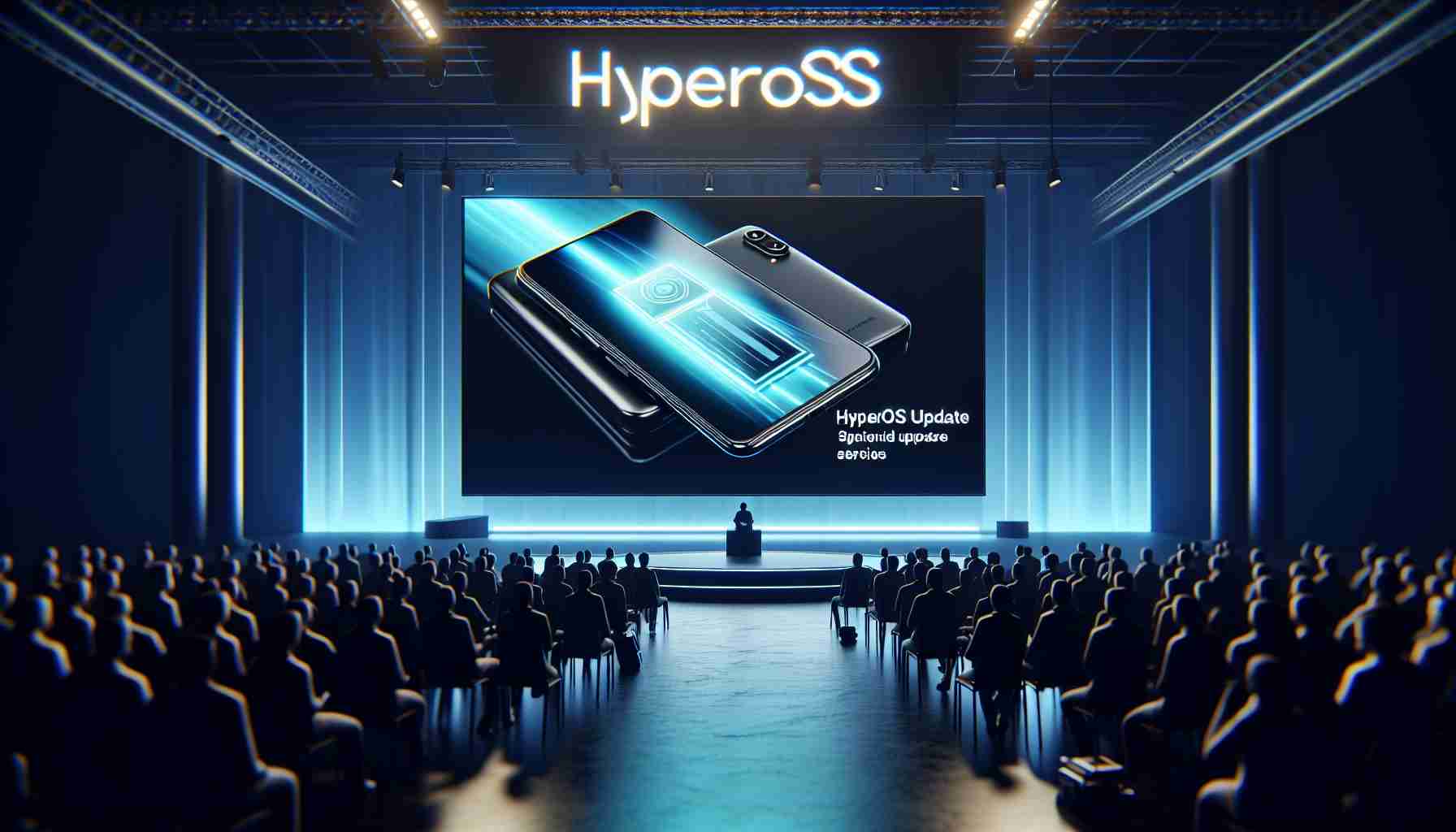Xiaomi’s latest software innovation, HyperOS, is officially rolling out to enhance the smartphones under the Redmi Note 13 5G range. Users of the Redmi Note 13, Redmi Note 13 Pro, and Redmi Note 13 Pro+ models have a reason to rejoice as this new operating system introduces a host of optimisations and features aimed at improving device performance and user experience.
HyperOS: A Leap in Customization and Performance
The new HyperOS, which is based on Android 14, brings forth a meticulously designed user interface that is not only exclusive to smartphones but is also compatible with Xiaomi’s smart home devices and electric vehicles. The brand launched this interface within the Indian market a few months prior, asserting a commitment to also update their older device models.
Particularly for the Redmi Note 13 series, which saw its release in India earlier in the year, the update is seen as a significant value addition. Xiaomi unveiled the series at competitive prices, with the Redmi Note 13 Pro+ 5G starting at ₹29,999, the Redmi Note 13 Pro 5G at ₹23,999, and the more budget-friendly Redmi Note 13 5G beginning at ₹16,999.
Key Features Elevating User Interaction
Users can expect an overhaul in the way they interact with their phones. Xiaomi has incorporated smoother gameplay mechanics and efficient power management to extend the battery life during usage. Moreover, scheduling tasks across the processor’s multiple cores will now be more productive, thanks to HyperOS.
In terms of customization, HyperOS does not disappoint, offering a diverse array of lock screen themes with novel clock styles and widgets. Notification management is also streamlined within a revamped interface, giving users the control they need over their alerts and messages. A notable practical enhancement is the ability to use multiple apps in a split-screen mode. This multitasking feature can be easily accessed through a long press on the recent apps window.
The Android 14-based HyperOS extends the capabilities of the Redmi Note 13 series, demonstrating Xiaomi’s dedication to delivering an ‘unparalleled user experience’.
Importance of Software Updates for Smartphones
The introduction of HyperOS for the Redmi Note 13 series reflects the importance of software updates in enhancing user experience. These updates not only refresh the user interface (UI) and introduce new features but also often provide vital security patches and performance improvements. For smartphones, staying current with the latest software is essential for maintaining device integrity and functionality over time.
Compatibility with Smart Ecosystems
HyperOS’s compatibility with Xiaomi’s smart home devices and electric vehicles highlights an emerging trend in the smartphone industry: the development of ecosystems where devices can seamlessly interact with one another. This integration allows users to control various aspects of their smart homes or electric vehicles directly from their smartphones, making everyday tasks more efficient and synchronized.
Key Challenges and Concerns
One of the main concerns that may arise with the release of a new operating system like HyperOS is compatibility with existing apps and services. Developers may need to update their apps to ensure they function properly on the new OS. Additionally, users may experience a learning curve with the updated UI and need time to adjust to the new features and layout.
Software updates can sometimes introduce bugs or issues that were not present in previous versions. Therefore, Xiaomi would need to monitor feedback closely post-update and be prepared to release patches to address any problems that users encounter.
Evaluating Advantages and Disadvantages
Advantages of the HyperOS update include:
– Enhanced user customization options, potentially leading to a more personalized experience.
– Smoother gameplay mechanics, which is critical for the gaming community.
– Efficient power management, which could lead to longer battery life.
– Improved multitasking capabilities with the ability to use apps in split-screen mode.
Disadvantages of the HyperOS update might include:
– Potential initial bugs and stability issues which may frustrate early adopters.
– A learning curve for users not accustomed to the new UI and features.
– The need for third-party app developers to update their apps for compatibility with HyperOS.
To learn more about Xiaomi and their other products, you can visit their official website by clicking on this link. Remember, this link will direct you to the main Xiaomi domain, where you can explore more about the brand and its wide range of products.
The source of the article is from the blog maestropasta.cz
